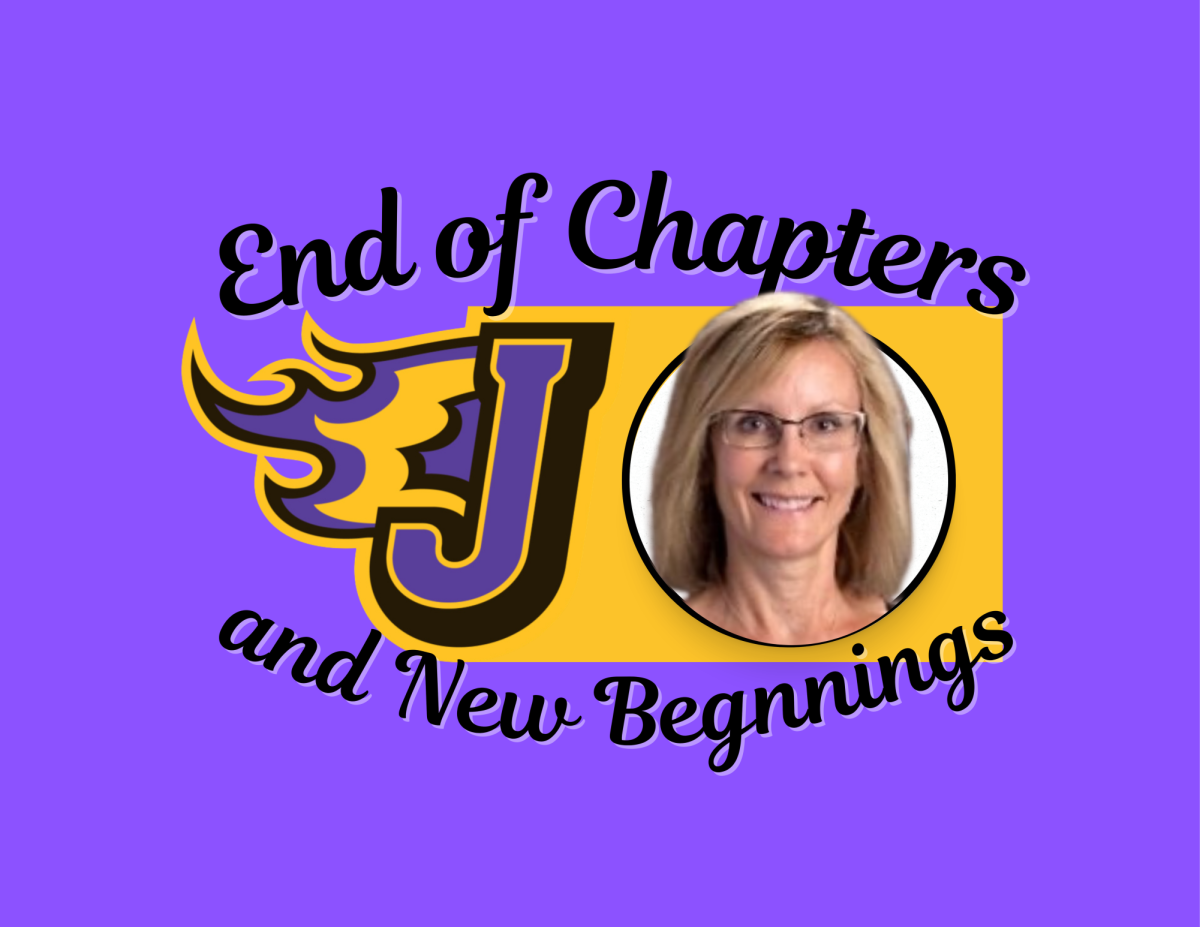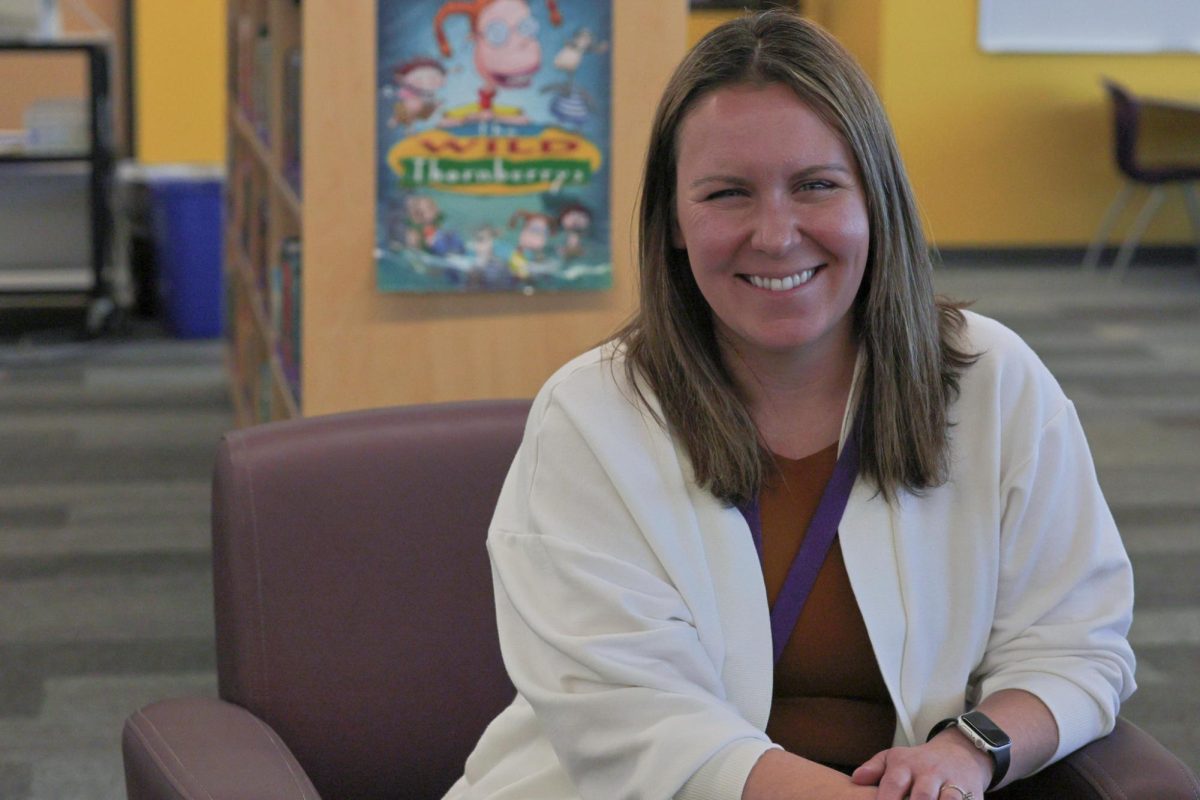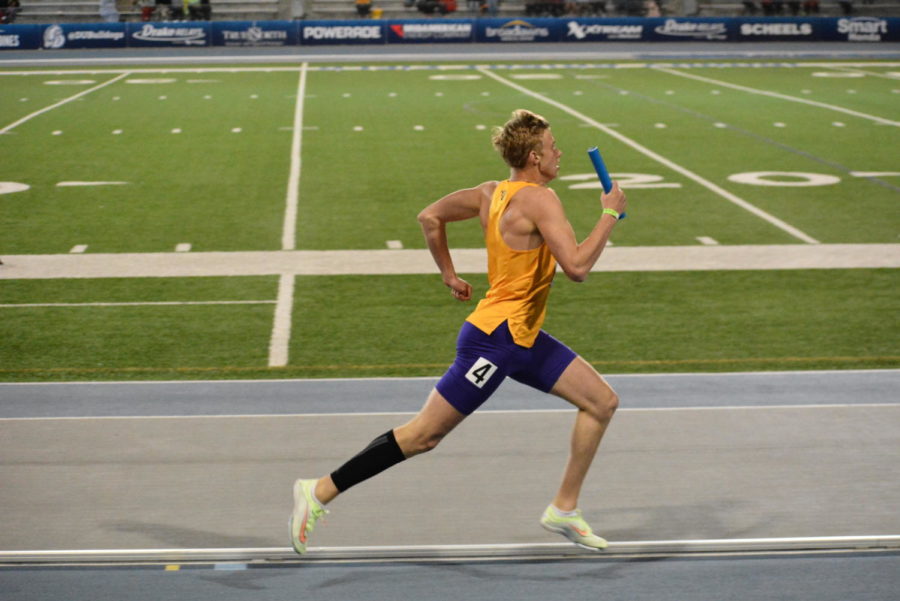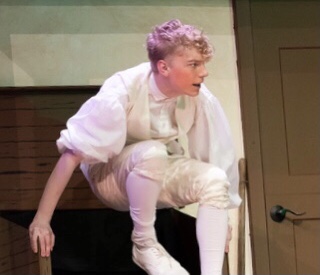Last year the district announced that they would be hiring a company to drive the buses due to a lack of drivers. The company hired is called Student Transportation of America (STA), a section of Student Transportation Inc.
The transition between district hired bus drivers and company hired bus drivers has been a little rough for one student. “[One time] they came 20 minutes late,” Amra Smajlovic ’18 said. “[Another time] there were some middle schoolers who were late so he just let them on and he let them off across from the middle school at the traffic light.”
Smajlovic recalled an incident that occurred on the bus that shocked her. “There were kids throwing a ball full of sand and it hit [another student] in the eye and she could see a white line when she got off and she was in tears and the bus driver did nothing about it,” she said.
Along with hiring a company the district has also started to enforce an Iowa code. Iowa code requires transportation for elementary students within two miles and secondary students within three miles of their respective schools. The board decided to shorten both distances to better fit Johnston’s layout and ensure students got home safely everyday.
Though the board shortened the distance there are still some students who can not walk home and so the school has deemed those areas as hazard zones. Hazard zones are defined by cross walks without lights, age of the students and available sidewalks along the road. Some examples of hazard zones are the neighborhood across 86th st from Beaver Creek, as the city has no system in place to make it safe for elementary kids to cross, and kids attending Horizon that live west of 100th are provided transport.
Students who live within a mile of the school they are attending and are not in hazard zones do not have a seat on a bus unless they choose to pay a fee of around 250 dollars and there is a space available on the bus. The school looks for open seats before asking for payment to avoid any problems. The payed rider program started Sept. 13th with 49 students participating and due to the late start the cost for this semester is down to 200 dollars.
The distance will increase to two miles for those in the new high school next year but more information can be found on the district’s website.
There is still frustration from those in the walk zone but with time students and parents will get use to it. “This decision was not made lightly.” Laura Kacer, executive director of human resources, said. “The board thought long and hard before making this decision.”














